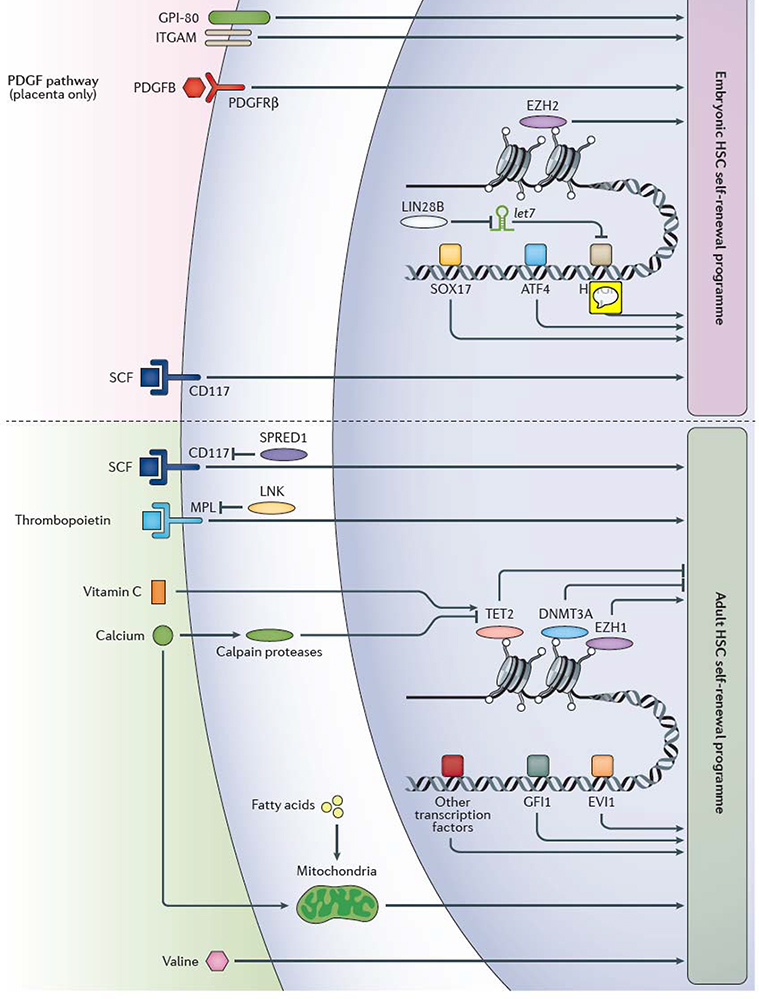Figure 2 |. Extrinsic and intrinsic factors that regulate self-renewal in embryonic and adult haematopoiesis.
Various extrinsic and intrinsic regulators of embryonic and adult haematopoietic stem cell (HSC) self-renewal have been identified in mice and humans, however, our knowledge of the mechanism of HSC self-renewal remain incomplete. Factors that regulate HSC self-renewal in adult mice have been primarily studied in bone marrow HSCs, whereas factors that regulate HSC self-renewal in the mouse embryo have been mainly studied in fetal liver HSCs, except the platelet-derived growth factor (PDGF) pathway, which has been shown to regulate HSC differentiation only in the placenta. Our knowledge of the exact relationships between the various self-renewal factors is often lacking, although protein lin28 homolog B (Lin28b), the microRNA let-7 and high mobility group protein HMGIC (Hmga2) are known to participate in the same embryonic HSC self-renewal pathway. Multiple transcription factors including Sox17 and Atf4, as well as epigenetic regulators such as the polycomb repressive complex 2 component histone-lysine N-methyltransferase Ezh2, influence gene expression to promote HSC self-renewal in the mouse embryo. HSC self-renewal in adulthood is also regulated within the nucleus, including by the epigenetic regulatory molecules methylcytosine dioxygenase Tet2, DNA (cytosine-5)-methyltransferase 3A (Dnmt3a), the polycomb repressive complex 1 component Ezh1, and transcription factors including Gfi1 and Evi1, amongst others. CD117, Scf receptor Kit; Evi1, Ectropic virus integration site protein 1 homolog, histone-lysine N-methyltransferase MECOM; GPI-80, vanin 2; ITGAM, integrin αM; Lnk, SH2B adapter protein 3; Mpl, myeloproliferative leukemia protein, also known as thrombopoietin receptor; Pdgfb, platelet-derived growth factor subunit B; Pdgfrβ, platelet-derived growth factor receptor β; Scf, stem cell factor (also known as Kit ligand); Spred1, sprouty-related, EVH1-domain-containing protein 1; transcription factors, TFs.

